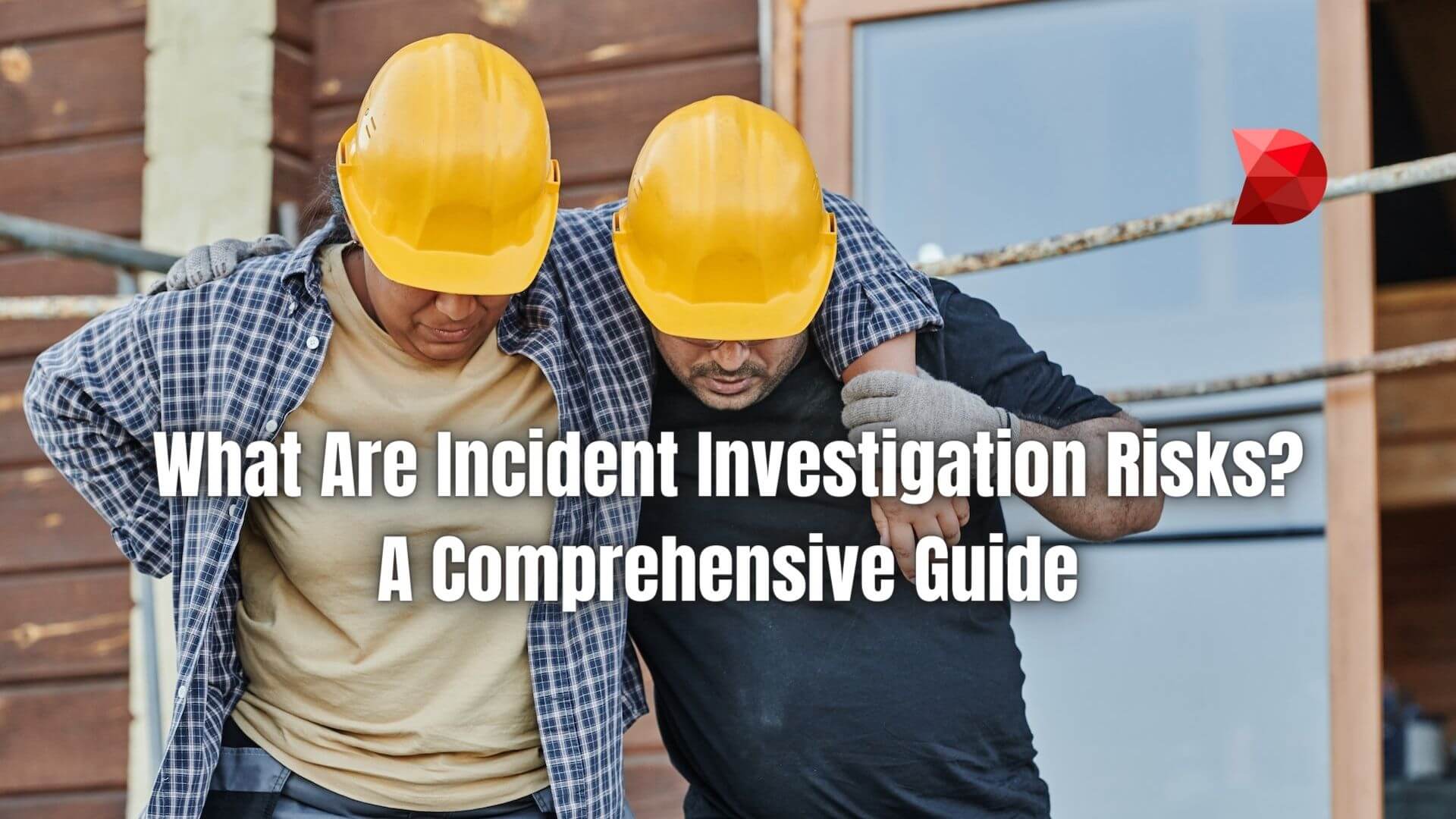The Disappearance: Methods Of Investigation And Prevention

Table of Contents
Investigating The Disappearance: Early Stages
The initial hours and days following a disappearance are crucial in determining the outcome of an investigation. Swift and decisive action significantly increases the chances of a successful resolution.
Immediate Actions:
- Reporting to Authorities: Contacting law enforcement immediately is paramount. Provide as much detail as possible, as even seemingly insignificant information can prove vital. Delaying a missing person report can drastically reduce the effectiveness of early investigations.
- Information for a Missing Person Report: The police will require comprehensive information, including the missing person's age, physical description (height, weight, hair and eye color, any distinguishing marks), last known location, clothing worn, any belongings taken, and recent photographs.
- Harnessing the Power of Social Media: Social media platforms provide an invaluable tool for disseminating information quickly and broadly. Sharing photos and details about the missing person can exponentially increase public awareness and potentially uncover crucial leads. Community involvement is key in these early stages.
- Early Investigation and Initial Response: Law enforcement's initial response typically involves verifying the information provided, canvassing the area where the person was last seen, and initiating preliminary searches. This initial response sets the stage for more comprehensive investigations.
Gathering Evidence:
The collection and analysis of evidence are cornerstones of any successful investigation into the disappearance.
- Types of Evidence: Investigators collect a wide range of evidence, from CCTV footage from nearby businesses and residences to personal items left behind. Phone records, credit card transactions, and digital footprints can also offer valuable clues. Witness statements, even seemingly insignificant ones, are meticulously documented and analyzed.
- Forensic Investigation and Digital Forensics: Forensic techniques, including DNA analysis, fingerprint identification, and trace evidence examination, play a critical role. Digital forensics involves examining computers, smartphones, and other electronic devices to uncover digital trails that might lead investigators to the missing person or those involved in their disappearance.
- Crime Scene Preservation: If a crime scene is identified, its preservation is paramount. Trained professionals meticulously document and collect evidence to maintain its integrity and admissibility in court. Contamination of the crime scene can compromise the entire investigation.
Investigating The Disappearance: Advanced Techniques
As investigations progress, more sophisticated techniques are often employed to locate missing persons and bring those responsible to justice.
Advanced Search Methods:
- Specialized Search Teams: K9 units, trained in scent detection, are invaluable in searching large areas. Search and rescue teams utilize specialized skills and equipment to navigate challenging terrains.
- Technological Advancements: Drones equipped with high-resolution cameras and thermal imaging capabilities extend the search area and allow for efficient coverage of vast territories. Thermal imaging can detect body heat, even in challenging environments.
- Geographical Profiling: This technique analyzes the spatial patterns of a crime or disappearance to predict the most likely location of the perpetrator or the missing person. This helps to narrow down the search area and focus investigative resources.
Investigating Suspects:
Identifying and investigating suspects requires skill, patience, and a thorough understanding of investigative procedures.
- Witness Interviews and Suspect Interrogation: Investigative techniques involve conducting structured interviews with witnesses to gather accurate and reliable information. Suspect interrogations must adhere to legal guidelines and ethical standards.
- Surveillance and Undercover Operations: In some cases, surveillance techniques and undercover operations might be necessary to gather evidence and monitor the activities of potential suspects. This requires careful planning and execution.
- Building a Strong Case: Building a provable case based on credible evidence is essential for successful prosecution. Every piece of evidence must be carefully documented, analyzed, and linked to the overall narrative of the disappearance.
Preventing The Disappearance: Safety Measures
While investigations are crucial in resolving disappearances, preventative measures are equally important in reducing the risk.
Personal Safety Tips:
- Situational Awareness: Always be aware of your surroundings. Avoid walking alone in poorly lit or isolated areas, especially at night. Trust your instincts; if a situation feels unsafe, remove yourself from it.
- Self-Defense and Safety Alarms: Consider taking self-defense classes and carrying a personal safety alarm. These tools can provide an added layer of protection.
- Location Sharing: Utilize location-sharing apps to share your whereabouts with trusted friends or family members, particularly when traveling or engaging in activities alone.
Parental Guidance and Child Safety:
Protecting children from abduction or the disappearance requires a proactive and comprehensive approach.
- Stranger Danger Education: Teach children about stranger danger and the importance of not talking to or going with strangers. Role-playing scenarios can help children understand and react appropriately in various situations.
- Online Safety: Establish clear rules and boundaries for children’s online activities, including social media usage and online interactions with strangers. Monitor their online activities closely.
- Open Communication: Foster open and honest communication with children, creating a safe space where they feel comfortable discussing any concerns or unsafe situations they may encounter.
Conclusion
The devastating impact of the disappearance underscores the critical need for both effective investigative strategies and preventative measures. From the immediate actions taken in the early stages of an investigation to the advanced techniques employed later, the process requires expertise, resources, and collaboration. Simultaneously, proactive personal safety measures and parental guidance are indispensable in minimizing the risk of disappearances. Understanding the methods of investigation and actively implementing preventative measures is crucial in combating the devastating reality of the disappearance. Share this information and help protect your community. For more information and resources on missing persons, visit [link to relevant organization 1] and [link to relevant organization 2].

Featured Posts
-
 How To Train Your Dragon A Detailed Look At The Toothless And Red Death Size Discrepancy
May 26, 2025
How To Train Your Dragon A Detailed Look At The Toothless And Red Death Size Discrepancy
May 26, 2025 -
 Marc Marquez Di Moto Gp 2025 Analisis Klasemen Dan Peluang Juara
May 26, 2025
Marc Marquez Di Moto Gp 2025 Analisis Klasemen Dan Peluang Juara
May 26, 2025 -
 Fascisms Resurgence Delaware Governors Perspective In The Post Biden Trump Era
May 26, 2025
Fascisms Resurgence Delaware Governors Perspective In The Post Biden Trump Era
May 26, 2025 -
 S Integrer Parmi Les Gens D Ici Conseils Et Strategies
May 26, 2025
S Integrer Parmi Les Gens D Ici Conseils Et Strategies
May 26, 2025 -
 Hamiltons F1 Testing Footage Highlights Respect For A Former Teammate
May 26, 2025
Hamiltons F1 Testing Footage Highlights Respect For A Former Teammate
May 26, 2025
Latest Posts
-
 Fire Country Season 3 Episode 15 One Last Time Preview
May 27, 2025
Fire Country Season 3 Episode 15 One Last Time Preview
May 27, 2025 -
 Tracker S02 E12 Monster And S02 E13 Neptune Exclusive Previews
May 27, 2025
Tracker S02 E12 Monster And S02 E13 Neptune Exclusive Previews
May 27, 2025 -
 Tracker Season 2 Episode 12 Monster And Episode 13 Neptune Sneak Peek
May 27, 2025
Tracker Season 2 Episode 12 Monster And Episode 13 Neptune Sneak Peek
May 27, 2025 -
 Tracker Season 2 Episode 12 Monster Preview And Episode 13 Neptune Early Look
May 27, 2025
Tracker Season 2 Episode 12 Monster Preview And Episode 13 Neptune Early Look
May 27, 2025 -
 Watson Season 1 Episode 5 Moriartys Return Preview
May 27, 2025
Watson Season 1 Episode 5 Moriartys Return Preview
May 27, 2025
